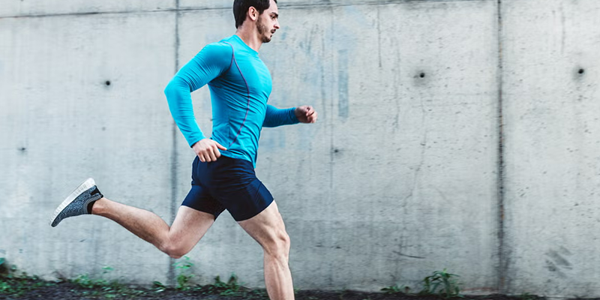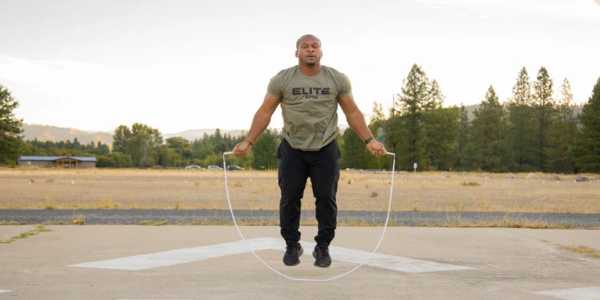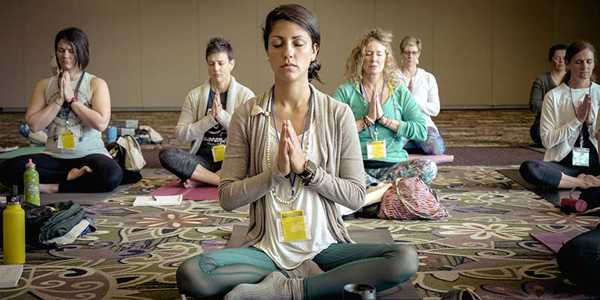How To Start a Beginner-Friendly Workout Routine
Ever felt lost walking into a gym? Or stared at workout videos, wondering where even to begin? You're not alone.
Starting a workout routine can feel like stepping into a world where everyone else already knows what they're doing. But here's the good news—it doesn't have to be complicated, and you don't need to be an athlete to get moving. Whether you want to feel more energised, tone up, or break away from the sluggish desk-chair cycle, there's a way to begin that feels good.
Let's break it down into simple parts. There is no jargon, no guilt, just small steps that add up.
Figuring Out What You Want From Exercise
What’s the real reason you want to start? Not someone else’s reason—yours. Is it to sleep better? Feel stronger? Climb stairs without gasping?
When people skip this step, they often burn out quickly, but knowing your "why" gives you direction. You're not just "working out" but building a routine that fits your body and life.
It could be 20 minutes to yourself after a long day or, finally, being able to carry all the grocery bags on one trip. That counts.
Start With Just Three Days A Week
You don't need to exercise every day. If you're going from zero to seven, your body will rebel.
Three days a week is a sweet spot. It's enough to build momentum but not too much to feel overwhelmed.
For example:
Monday: 20-minute walk + basic stretches
Wednesday: Beginner bodyweight workout
Friday: Light cardio (could be dancing, cycling, or swimming)
You’re not married to this. It can change as you go. But it’s a great way to get your foot in the door.
No Gym? No Problem. Here’s How To Use What You’Ve Got

You don't need machines or fancy gear. Your living room floor, a chair, and a little open space are all you need at the start.
Here’s a super basic bodyweight routine you can try:
Squats (10–15 reps)
Modified push-ups (on knees or against a wall)
Glute bridges
Standing lunges or step-ups
Plank hold (start with 10 seconds)
Do this circuit twice. That’s it. You’ve worked your whole body in under 20 minutes.
Tip: Set a timer, play your favourite playlist, and pretend you're in a studio. The vibe matters more than the location.
How To Make It A Habit (Without Hating It)
The trick isn’t doing a lot—it’s doing it again. Consistency builds results, and those results motivate you to keep going. But how do you stay consistent?
Here's what helps:
Schedule it like a meeting. Don’t wait to “feel motivated.”
Lay out your clothes the night before. Sounds silly, but it works.
Track it on paper. Nothing fancy—check off each day you move.
And remember, missing a day doesn’t mean you’ve failed. Life happens. Just pick it back up tomorrow.
Beginner Mistakes To Watch Out For
Everyone makes these, so don't Stress. Just being aware puts you ahead.
Doing too much too fast: Your muscles will scream. You’ll lose interest. Take it slow.
Comparing yourself to others: Their day 100 is not your day 1.
Focusing only on weight loss: Fitness is more than shrinking your body. Strength, energy, and confidence are wins too.
Skipping warmups and cool-downs: This is how injuries sneak in. A five-minute stretch is gold.
Keep these in mind, and you'll sidestep a lot of frustration.
Feeling Bored? Try These Fun Alternatives
Not into jumping jacks and planks? No worries—there are plenty of beginner-friendly options that don’t even feel like workouts.
Dance Workouts: Zumba, YouTube routines, or just dancing around your room
Yoga for Beginners: Great for flexibility and Stress relief
Hiking or Long Walks: Nature is a great motivator
Pilates: Low-impact but surprisingly tough
Home boxing or shadowboxing: No equipment needed, just energy
Sometimes, the best routine is the one you look forward to. So experiment. Try stuff. Keep what sticks.
Don’t Worry About “Doing It Right”
This one's big. Many beginners hesitate because they're scared of bad form or embarrassing themselves.
Truth is, no one starts perfect. Watch a few trusted videos, mirror your moves, and focus on control. Slower is better. If something feels wrong or painful, skip it. There’s always another move that works just as well.
Check beginner-friendly fitness channels like Fitness Blender, MadFit, or HASfit if you ever feel lost. They break it down well.
Rest Days Are Not Lazy Days
Rest isn’t slacking—it’s where your muscles rebuild and your energy returns.
Use rest days to stretch, stroll, or do something light. Drink water, eat real food, and sleep.
Rest keeps you going. Without it, you’re more likely to quit.
Eating To Support Your Routine (Without A Diet)

Don’t obsess over calories or crash diets. Just aim for real, balanced meals most of the time.
What helps:
Protein: Eggs, beans, chicken, tofu
Carbs: Oats, brown rice, sweet potatoes
Healthy fats: Nuts, seeds, olive oil
Veggies: Any
Hydration helps more than people realise. Your muscles need water just as much as food.
There is no need to overhaul your diet overnight—start with small swaps. Replace soda with water once a day. Add a handful of spinach to one meal. Keep it easy.
Track How You Feel, Not Just How You Look
The scale might not change much at first—and that's normal.
Instead, ask yourself:
Am I sleeping better?
Do I have more energy at 4 PM?
Are stairs getting easier?
Am I feeling more confident in my body?
Those things matter. They’re proof your routine is working.
Getting Into Your Groove
In the first month, everything feels new. Some days, you'll want to skip. Some days, you'll surprise yourself.
That’s the magic of starting. You’re building something.
One step at a time, your body learns, your mind shifts, and you begin to feel the difference, even if no one notices.
And before you know it, this “beginner routine” becomes your normal.




